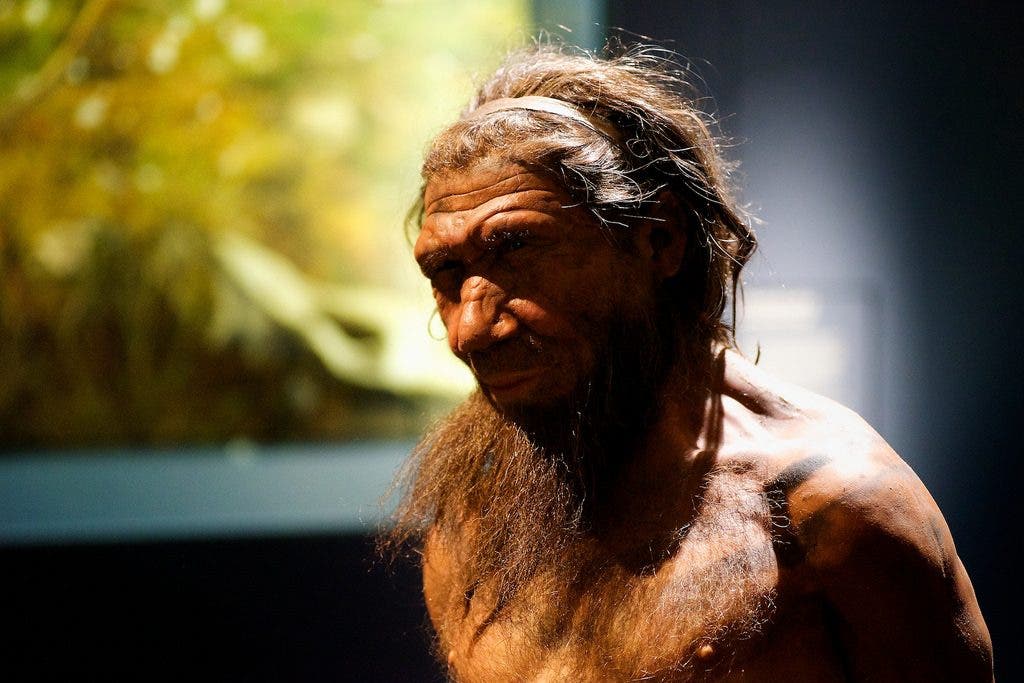People of European descent carry as much as 4 percent Neanderthal DNA, but the Y chromosome passed down from father to sons is entirely missing in the modern population. Scientists have tried to explain this oddity, but a new hypothesis seems to make most sense in light of most recent findings: the Neanderthal Y chromosome contain immunity genes that aren’t compatible with humans. These led to miscarriages. In time, male babies birthed from human and Neanderthal interbreeding were weeded out.

“We’ve never observed the Neanderthal Y chromosome DNA in any human sample ever tested,” said Carlos Bustamante, PhD, professor of biomedical data science and of genetics at the School of Medicine. “That doesn’t prove it’s totally extinct, but it likely is.”
Researchers at the Stanford University School of Medicine and the Max Planck Institute for Evolutionary Anthropology in Germany sequenced the Y chromosome of a Neanderthal male recovered from a cave in Spain. This chromosome, which exclusively passed from father to son, is missing in modern populations despite clear evidence of interbreeding since 50,000 years ago.
It might be that over the millennia these Neanderthal Y chromosomes were washed away from the gene pool due to mutations. It seems more likely though that the Neanderthal Y chromosome contained genes that are incompatible with humans. For instance, the sequencing reveals that this extinct chromosome contains genes that were involved in transplant rejection when males donate organs to women.
“The functional nature of the mutations we found,” said Bustamante, “suggests to us that Neanderthal Y chromosome sequences may have played a role in barriers to gene flow, but we need to do experiments to demonstrate this and are working to plan these now.”
Some of these genes that differ from the human Y chromosome are involved in the function of the immune system. Three are “minor histocompatibility antigens,” or H-Y genes, which resemble the HLA antigens that transplant surgeons check to make sure that organ donors and organ recipients have similar immune profiles. So, a woman’s immune system might attack the male fetus she’s carrying if the baby is the product of interbreeding.
For now, this is only a hypothesis which further testing might confirm. Insights into the Neanderthal Y chromosome will also refine the evolutionary timeline of homo sapiens and Neanderthal divergence. It’s thought that some time between 400,000 and 800,000 years the Neanderthal and human lineages split from a common ancestor. Based on the Y chromosome sequencing made for this study, researchers estimate this split occurred 550,000 years ago.
Reference: American Journal of Human Genetics, Mendez et al.: “The divergence of Neanderthal and modern human Y chromosomes” dx.doi.org/10.1016/j.ajhg.2016.02.023






